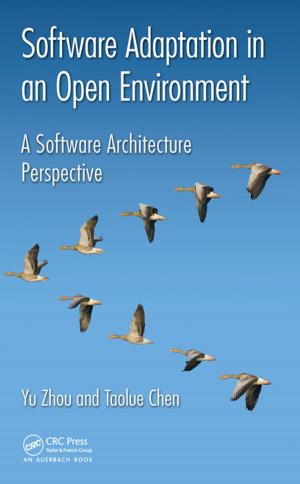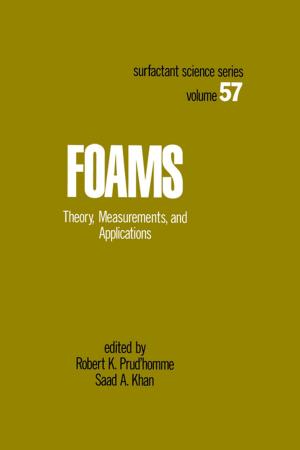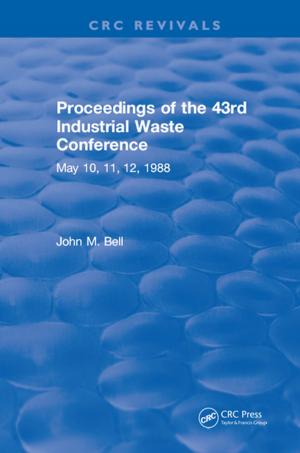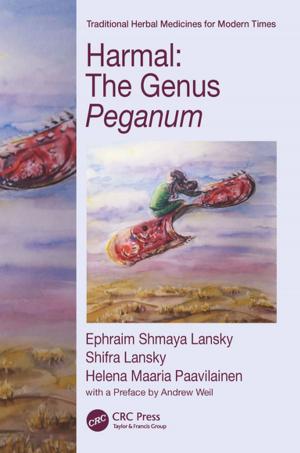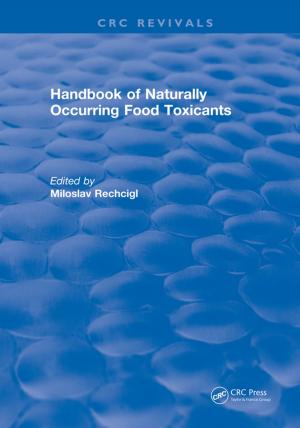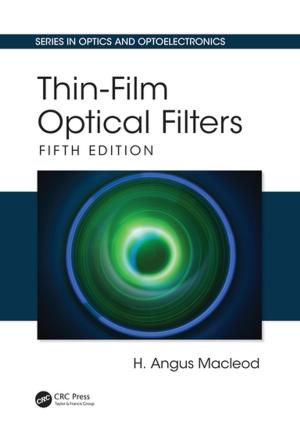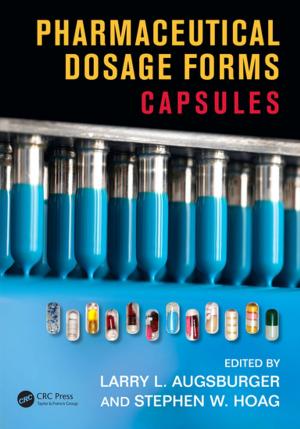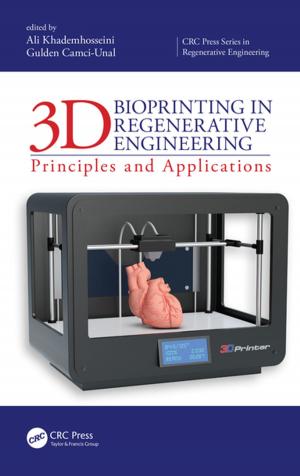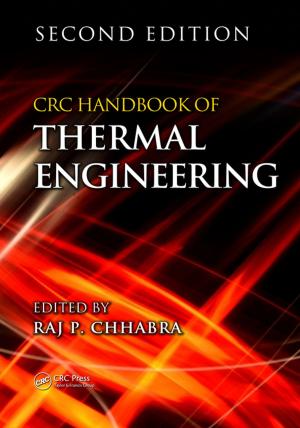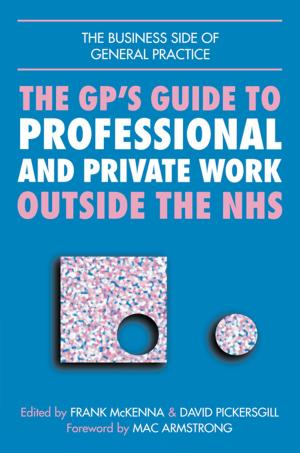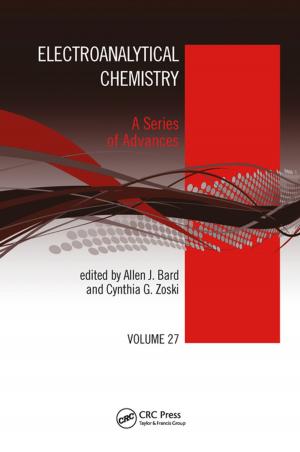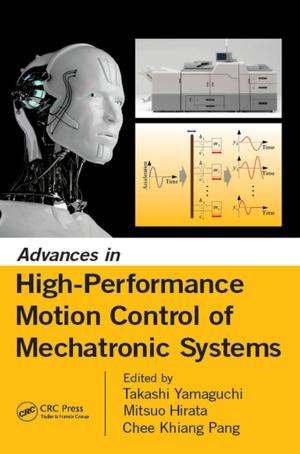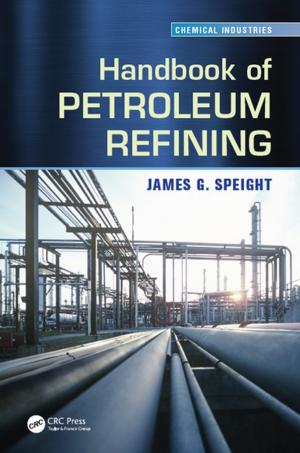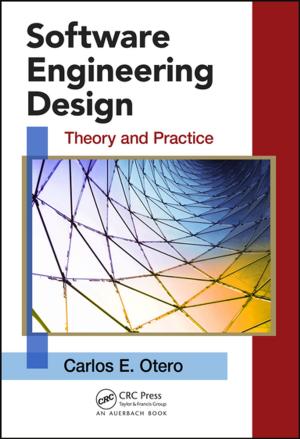Multiresidue Methods for the Analysis of Pesticide Residues in Food
Nonfiction, Science & Nature, Technology, Food Industry & Science, Science, Chemistry, General Chemistry| Author: | ISBN: | 9781351644631 | |
| Publisher: | CRC Press | Publication: | October 10, 2017 |
| Imprint: | CRC Press | Language: | English |
| Author: | |
| ISBN: | 9781351644631 |
| Publisher: | CRC Press |
| Publication: | October 10, 2017 |
| Imprint: | CRC Press |
| Language: | English |
In the last decades the public concern on the pesticide residues content in foods have been steadily rising. The global development of food trade implies that aliments from everywhere in the world can reach the consumer`s table. Therefore, the identification of agricultural practices that employ different pesticides combinations and application rates to protect produce must be characterized, as they left residues that could be noxious to human health. However, the possible number of pesticides (and its metabolites of toxicological relevance) to be found in a specific commodity is almost 1500, and the time needed to analyze them one by one, makes this analytical strategy a unrealistic task. To overcome this problem, the concept of Multi Residue Methods (MRM) for the analysis of pesticide traces have been developed. The advent of new and highly sensitive instrumentation, based in hyphenatedchromatographic systems to coupled mass analyzers (XC (MS/MS) or MSn) permitted simultaneously the identification and the determination of up to hundreds of pesticide residues in a single chromatographic run. Multiresidue Methods for the Analysis of Pesticide Residues in Foodpresents the analytical procedures developed in the literature, as well as those currently employed in the most advanced laboratories that perform routinely Pesticide Residue Analysis in foods. In addition to these points, the regulations, guidelines and recommendations from the most important regulatory agencies of the world on the topic will be commented and contrasted.
In the last decades the public concern on the pesticide residues content in foods have been steadily rising. The global development of food trade implies that aliments from everywhere in the world can reach the consumer`s table. Therefore, the identification of agricultural practices that employ different pesticides combinations and application rates to protect produce must be characterized, as they left residues that could be noxious to human health. However, the possible number of pesticides (and its metabolites of toxicological relevance) to be found in a specific commodity is almost 1500, and the time needed to analyze them one by one, makes this analytical strategy a unrealistic task. To overcome this problem, the concept of Multi Residue Methods (MRM) for the analysis of pesticide traces have been developed. The advent of new and highly sensitive instrumentation, based in hyphenatedchromatographic systems to coupled mass analyzers (XC (MS/MS) or MSn) permitted simultaneously the identification and the determination of up to hundreds of pesticide residues in a single chromatographic run. Multiresidue Methods for the Analysis of Pesticide Residues in Foodpresents the analytical procedures developed in the literature, as well as those currently employed in the most advanced laboratories that perform routinely Pesticide Residue Analysis in foods. In addition to these points, the regulations, guidelines and recommendations from the most important regulatory agencies of the world on the topic will be commented and contrasted.

